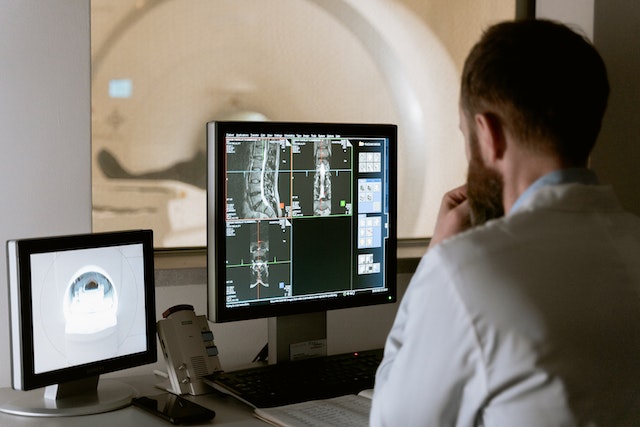Learning human anatomy on your own can be a rewarding and fulfilling experience. Whether you’re a medical student, an artist, or simply interested in understanding the complexities of the human body, here are some effective strategies to help you succeed in your self-directed anatomy study:
- Set Clear Learning Objectives: Clearly define what you want to achieve through your self-study of human anatomy. Establish specific learning goals to guide your study plan and keep you focused.
- Create a Structured Study Plan: Develop a well-organized study plan that outlines the topics you will cover and the timeframe for each. Break down the material into manageable chunks and allocate dedicated study time to ensure consistent progress.
- Utilize Comprehensive Resources: Gather reliable and comprehensive anatomy resources to support your learning. Invest in reputable anatomy textbooks, atlases, and online platforms that provide detailed explanations, illustrations, and interactive tools. Some popular resources include “Atlas of Human Anatomy” by Frank Netter and online platforms like Kenhub and TeachMeAnatomy.
- Combine Visual and Textual Learning: Anatomy is a visual subject, so it’s important to incorporate visual learning alongside textual information. Use anatomical illustrations, diagrams, and 3D models to visualize the structures and their relationships. Supplement these visuals with thorough reading to deepen your understanding.
- Take Advantage of Online Tools: Explore digital resources and tools specifically designed for anatomy learning. Virtual dissection software, interactive anatomy apps, and online quizzes can enhance your learning experience and provide a more hands-on approach.
- Engage in Active Learning: Actively engage with the material rather than passively reading or observing. Take notes, draw diagrams, create flashcards, or teach the concepts to someone else. Active involvement in the learning process aids in retention and understanding.
- Practice with Anatomy Questions and Tests: Regularly test your knowledge through anatomy questions and practice tests. This helps reinforce what you’ve learned, identifies areas of weakness, and prepares you for assessments. Online platforms like AnatomyZone, Kenhub, and Quizlet offer a range of anatomy quizzes and flashcards.
- Seek Supplemental Resources: Expand your learning with additional resources such as anatomical models, prosections, and virtual reality tools. If available, attend anatomy workshops, visit anatomy museums, or participate in online webinars to gain practical exposure.
- Join Study Groups or Online Communities: Connect with fellow learners by joining study groups or online communities focused on anatomy. Collaborating with others provides opportunities for discussion, sharing insights, and gaining different perspectives on complex anatomical concepts.
- Review and Recapitulate Regularly: Schedule regular review sessions to reinforce previously learned material. Regular revision helps solidify knowledge and prevent forgetting. Consider creating summaries, concept maps, or mnemonic devices to aid in recall.
- Stay Motivated and Persistent: Learning human anatomy can be challenging, so maintain your motivation by reminding yourself of your goals and the value of your study. Celebrate milestones, seek inspiration from experts, and persist through difficult concepts or plateaus.
- Seek Help and Clarification: Don’t hesitate to seek help when needed. Reach out to instructors, mentors, or online communities to clarify doubts or seek additional explanations. Anatomy can be complex, and seeking guidance can save time and foster a deeper understanding.
Remember, learning human anatomy is a gradual process that requires dedication, perseverance, and a genuine curiosity about the human body. Embrace the journey, enjoy the intricate details of anatomy, and appreciate the incredible complexity of the human form.










